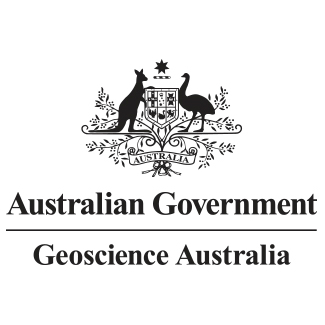Brief description
Data in the GEOCHEM database comprises inorganic geochemical analytical data and associated metadata. Geochemical data comprises concentration data (value, error, unit of measure) measured on a range of analytical instruments, for a range of elements of the periodic table. Associated metadata includes information on analytical techniques, analytical methodology, laboratory, analysts, date of analysis, detection limits, accuracy, and precision. The GEOCHEM database also records results for reference standards. Data is specifically for rocks, soils and other unconsolidated geological material and does not include oils, gases or water analyses. Geochemical data may be total rock (i.e., whole rock analysed) or for a variety of fractions of the total rock, e.g., various non-total acid digests, mineral separates, differing size fractions. It also includes quantitative to semi-quantitative data from field measurements, such as portable x-ray fluorescence (XRF). It does not include geochemical data for individual minerals. Value: Geochemical data underpins much geoscientific study, and is used directly to classify, characterise and understand geological material and its formation. It has direct relevance to understanding the formation of the earth, the continents, and the processes that create and shape the surface we live on. For example, this information is used within: both discovering and the understanding of mineral deposits we depend on; the nature, health and sustainability of the soils we live and farm on; as well as providing input into a range of potential geohazards. Scope: The collection includes data from over 60 years of Geoscience Australia (GA) and state/territory partner regional geological projects within Australia, as well as continental-scale and regional geochemical surveys like National Geochemical Survey of Australia (NGSA) and Northern Australia Geochemical Survey (NAGS) (Exploring for the Future- EFTF). It also includes data from other countries that GA has worked with, e.g., Papua New Guinea, Antarctica, Solomon Islands and New Zealand. Explore the Geoscience Australia portal - https://portal.ga.gov.au/Lineage
Maintenance and Update Frequency: annually
Statement: Source: Data largely represents results from Geoscience Australia (GA) and state/territory or industry/university partner programs, undertaken within Australia and select overseas countries, over the last 60 years. The great majority of these data represents geochemical analyses undertaken in GA’s internal geochemical laboratories. Other data sources include university and commercial laboratories. The collection also includes data, analysed at GA, for geological collections associated with state/territory programs and university theses. A small percentage of data was directly taken from collaborators and research publications.
Form: The GEOCHEM Database comprise a number of datasets that store inorganic geochemical data and associated metadata. The database also links to SAMPLES and other databases (such as Australian Stratigraphic Units Database (ASUD) ) that provide the contextual metadata regarding the samples, including geographic location, geological description and sample collector.
This Collection record was created to enhance the discoverability and management of the individual products contained in the collection. See the individual eCat records for product specific lineage.
Form: The GEOCHEM Database comprise a number of datasets that store inorganic geochemical data and associated metadata. The database also links to SAMPLES and other databases (such as Australian Stratigraphic Units Database (ASUD) ) that provide the contextual metadata regarding the samples, including geographic location, geological description and sample collector.
This Collection record was created to enhance the discoverability and management of the individual products contained in the collection. See the individual eCat records for product specific lineage.
Notes
PurposeGeochemical data underpins much geoscientific study, and is used directly to classify, characterise and understand geological material and its formation. It has direct relevance to understanding the formation of the earth, the continents, and the processes that create and shape the surface we live on. For example, this information is used within: both discovering and the understanding of mineral deposits we depend on; the nature, health and sustainability of the soils we live and farm on; as well as providing input into a range of potential geohazards.
Issued: 04 04 2022
text: westlimit=112.00; southlimit=-44.00; eastlimit=154.00; northlimit=-9.00
Subjects
DC2020 |
EARTH SCIENCES |
Geochemical composition |
Geochemical processes |
Geochemistry |
HVC - High Value Collection |
HVC_144627 |
Mineral Resources |
Published_External |
Rocks |
Soils |
geoscientificInformation |
User Contributed Tags
Login to tag this record with meaningful keywords to make it easier to discover
Identifiers
- URI : pid.geoscience.gov.au/dataset/ga/144627

- global : 16e56e8f-5af5-4156-9667-a96ed34e7a5c


